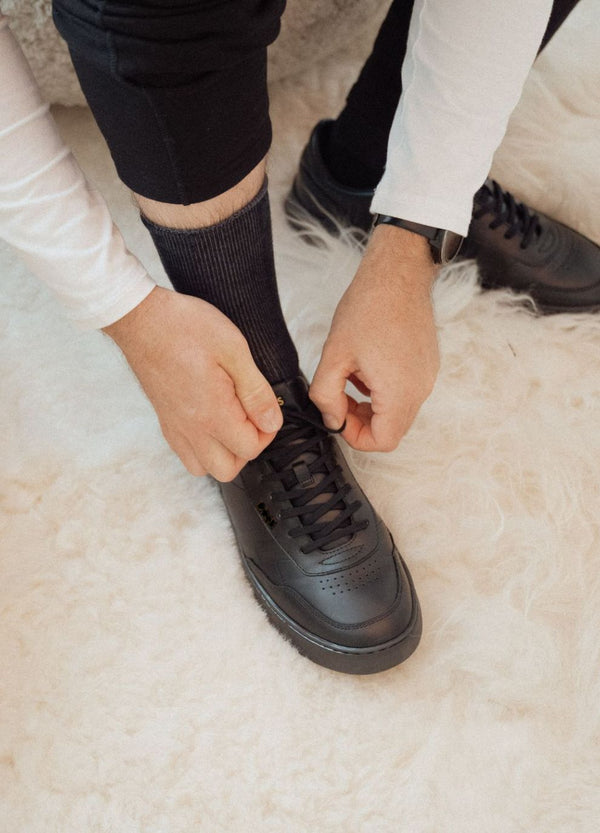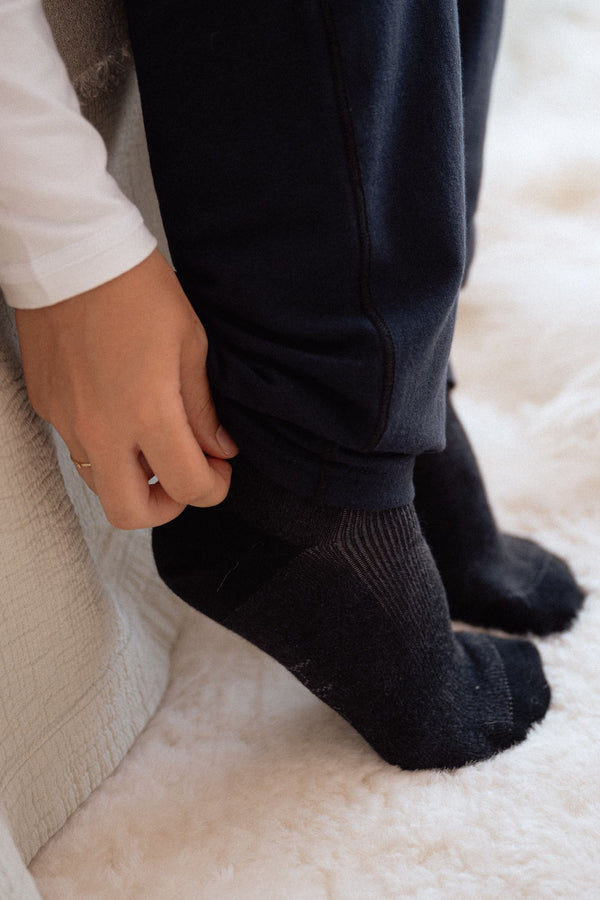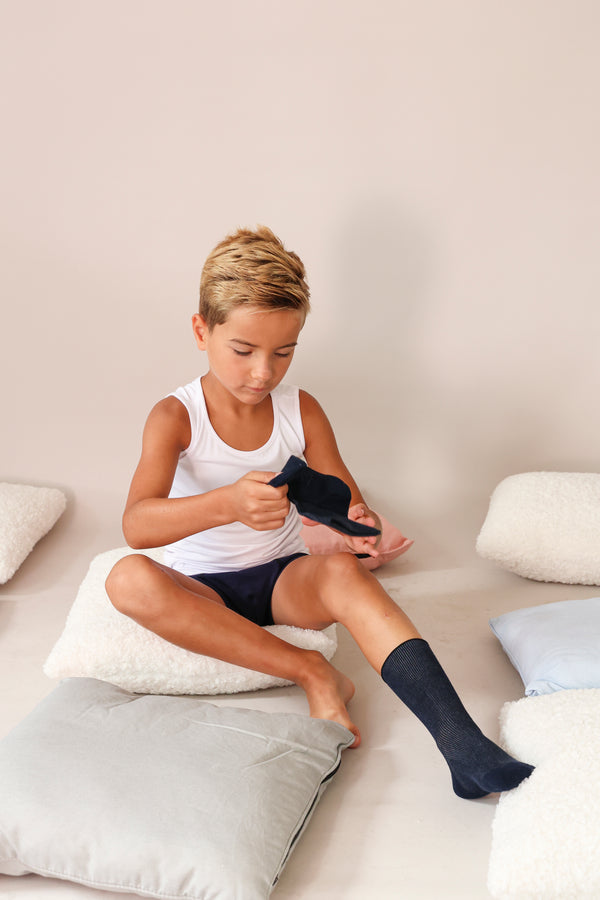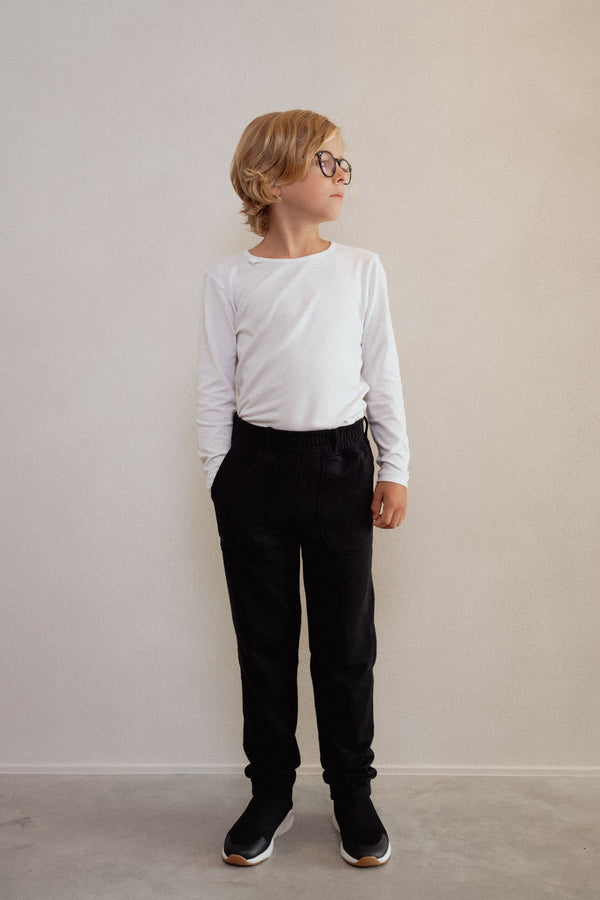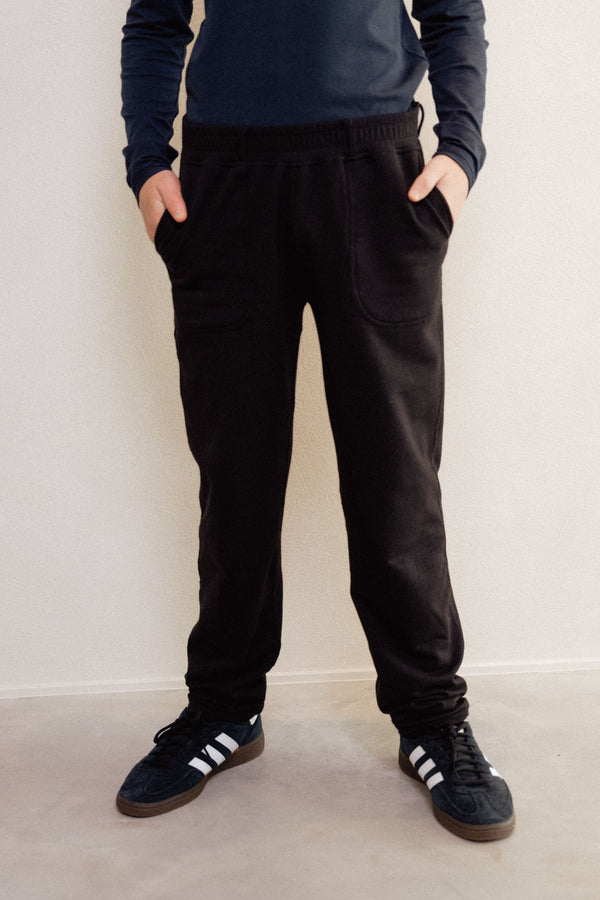Best Fabrics for Sensitive Skin and Sensory Needs

Which Clothing Fabrics Are Less Irritating to Sensitive Skin?
For many, clothing is more than a fashion choice—it’s a matter of daily comfort. For those with sensitive skin or sensory processing challenges, the texture of a T-shirt or the tightness of a waistband can mean the difference between a peaceful day and overwhelming irritation.
From skin conditions like eczema to sensory sensitivities linked to autism or ADHD, the fabric we wear plays a crucial role. So, which fabrics are truly skin-friendly—and what does the science say?
Understanding Sensitive Skin and Fabric Irritation
What Does “Sensitive Skin” Really Mean?
Sensitive skin isn’t one single condition. It can refer to medically diagnosed issues like eczema or contact dermatitis, or to sensory sensitivities where certain fabrics, seams, or even tags feel unbearable. Especially for neurodivergent individuals, the wrong clothing can lead to stress, distraction, and discomfort.
Why Fabric Matters
A 2020 study in Clinical, Cosmetic and Investigational Dermatology confirmed that people with sensitive skin often react to external factors like fabric texture, heat, and moisture. Clothing is in constant contact with our skin, making the choice of fabric one of the most important daily decisions for sensitive individuals.
Common Fabrics That May Irritate Sensitive Skin
Synthetic Materials
Fabrics like polyester, nylon, and spandex are popular in activewear. However, they tend to trap heat and moisture and are often treated with chemicals or dyes that can irritate the skin. For many with hypersensitivity, these materials can feel itchy, clingy, or even cause redness and rashes.
Wool (Even the Soft Kind)
Wool is warm, natural—and potentially irritating. Even soft merino wool contains fine barbs that can scratch the skin. For sensitive individuals, this often means constant itching or a burning sensation.
The Best Clothing Fabrics for Sensitive Skin
Organic Cotton
Gentle, breathable, and hypoallergenic, organic cotton is one of the safest choices. It’s grown without harsh pesticides or chemical treatments, reducing the risk of skin reactions. Its softness makes it ideal for both children and adults with sensitivity.
Bamboo Viscose
Bamboo fabric is naturally antibacterial and temperature-regulating. It’s incredibly soft to the touch, with a smooth, silky texture that many people with sensory issues find calming. It’s also a sustainable choice, making it a win for skin and the planet.
Tencel (Lyocell)
Derived from wood pulp, Tencel is known for being breathable and moisture-wicking. Research shows it performs well in humid conditions, reducing irritation from heat or sweat. Its softness and smooth drape make it ideal for those prone to skin flare-ups.
Modal
Also wood-based, modal is luxuriously soft and durable. It retains its gentle feel even after repeated washing, resists pilling, and has a cooling effect on the skin—perfect for all-day comfort.
What People with Sensitive Skin Are Saying
“I love clothes, but sometimes even a seam can ruin my day,” says Anna, a 28-year-old with eczema. “Certain synthetics make my skin feel like it’s burning. I’ve learned to always check the label.”
Parents of neurodivergent children often hear, “It’s itchy” or “It’s too tight,” even when clothes look perfectly fine. These aren’t refusals—they’re real reactions to discomfort. For many, the choice of clothing can affect mood, focus, and wellbeing all day long.
How to Dress for Sensitive Skin
Check the Label
Choose clothing made from natural fibers like cotton, bamboo, or Tencel. Avoid fabrics labeled “wrinkle-free” or “stain-resistant,” as these are often treated with chemicals.
Look for tagless garments and flat seams to reduce tactile discomfort.
Wash Before Wearing
New clothing may contain chemical residues or excess dye. Washing before first wear can remove potential irritants and soften the fabric.
Opt for Light Colors
Dark dyes, especially in synthetic fabrics, can contain more allergens or harsh chemicals. Light-colored clothing may be less likely to cause irritation.
Why Sensory-Friendly Clothing Makes a Difference
What Is Sensory-Friendly Clothing?
Sensory-friendly clothing goes beyond fabric choice. It’s thoughtfully designed to reduce irritation, calm the nervous system, and provide comfort—especially for those with autism, ADHD, or heightened sensory awareness.
Typical features include:
-
Seamless or flat-seamed construction
-
No tags or external labels
-
Soft, breathable fabrics
-
Comfortable fits with gentle stretch
The Science Behind Sensory Design
Research published in The American Journal of Occupational Therapy shows that minimizing tactile discomfort can improve focus, reduce anxiety, and support emotional regulation—especially in children with sensory processing disorder. Adults report similar benefits in work and social settings.
Final Thoughts: Why Fabric Choice Matters
Choosing the right clothing fabric isn’t just about avoiding a rash or itch. For people with sensitive skin, it’s about reclaiming comfort, calm, and confidence. Soft, breathable materials—especially those designed with sensory needs in mind—can make daily life feel easier and more enjoyable.
At Blusss, we believe comfort is more than a feeling—it’s a foundation for dignity, self-expression, and everyday ease. And it all begins with what touches your skin.

